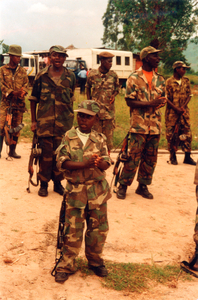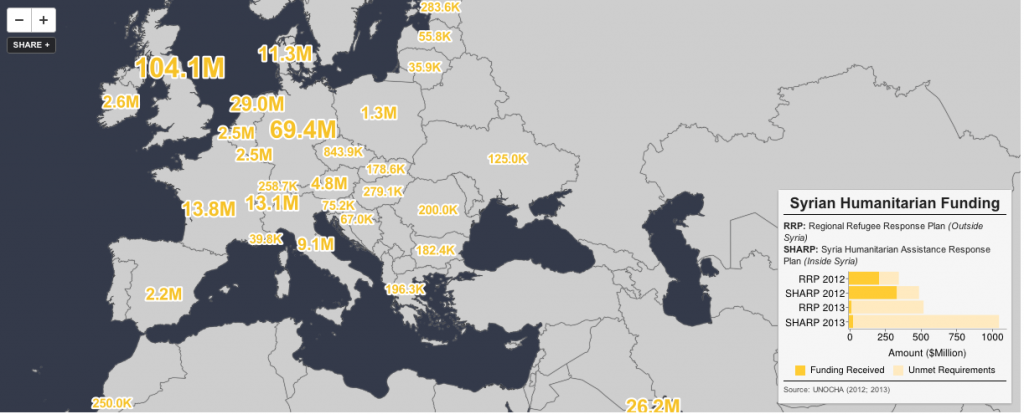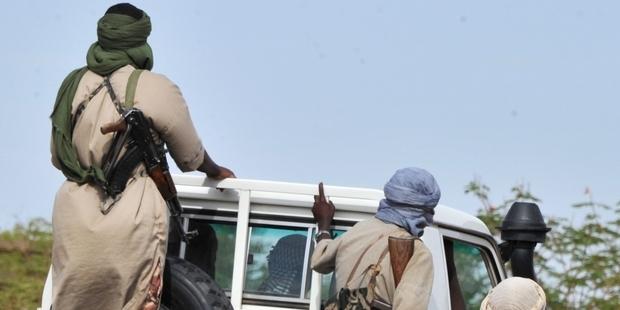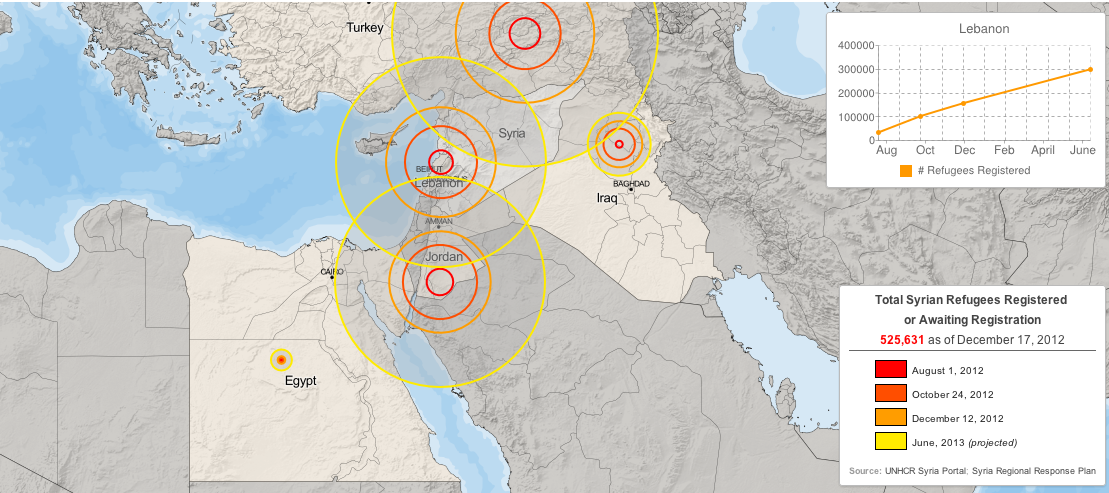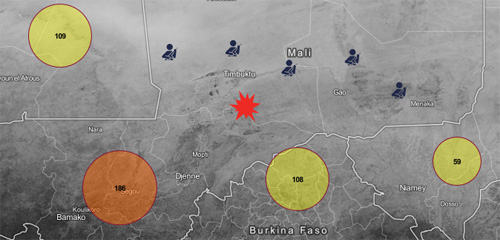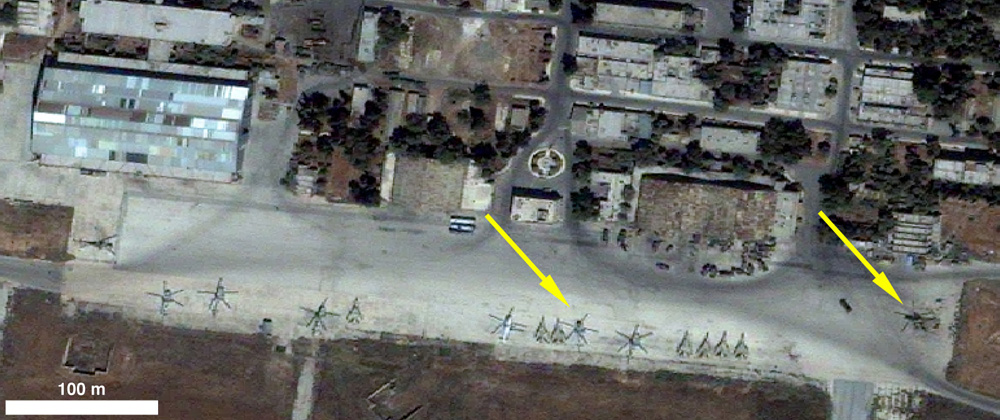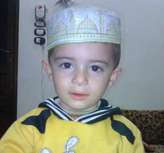
Citizen video coming out of Syria continues to uncover abuses that would otherwise go unnoticed (Photo Credit: ZAC BAILLIE/AFP/Getty Images)
As the Syrian crisis hits its two-year mark, the toll on civilians continues to grow exponentially. Peaceful protests that started in March 2011 were quickly met by government authorities responding with deadly force, leading to systematic and widespread human rights violations amounting to crimes against humanity. Followed by the escalation into a full-fledged armed conflict by mid-2012, today, both government and armed opposition forces continue pursuing a military solution to the conflict. Caught in the middle are civilians, paying a horrendous price for this deadly stalemate.
Based on field research conducted over the last weeks, an Amnesty researcher inside Syria uncovered new evidence of the government’s assault on civilians, and its outright disregard for the laws of war. This is most dramatically symbolized by the government’s recent ballistic missile strikes against eastern Aleppo, flattening entire blocks and killing 160 residents; or by the increased use of internationally banned cluster bombs.

